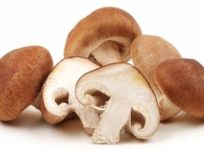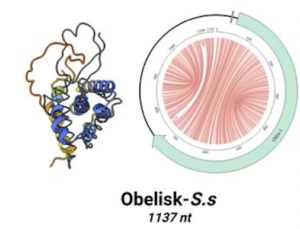Optimizing the Use of Cardiovascular Herbs
Garlic, Capsicum, Hawthorn, and Ginkgo are among a number of herbs that can help in preventing or treating cardiovascular disease. Judicious use of these herbs can eliminate the need for expensive medications in many cases. Paul Saunders, ND, PhD, offers his extensive experience using herbs for heart health.







